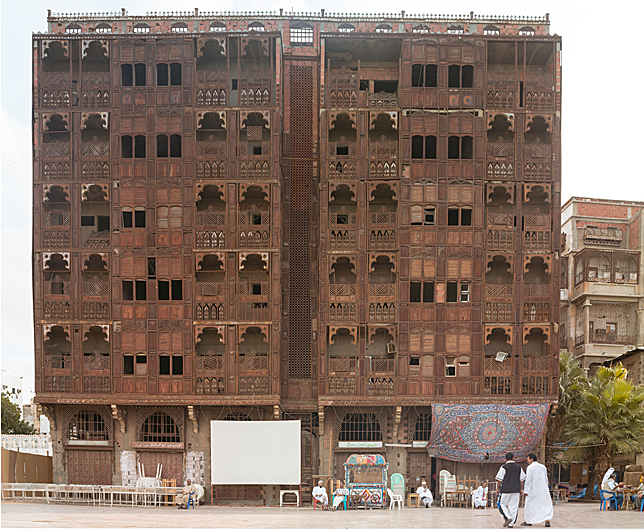Life in Saudi Arabia in the 80s and Foreign Immigrants
In the 1980s, Saudi Arabia underwent significant
transformations, largely due to the oil boom of the previous decade. This
period was marked by rapid modernization and economic growth, which brought
profound changes to the daily lives of Saudis and foreign immigrants alike.
Economic Boom and
Modernization
The 1980s were a time of substantial economic prosperity for
Saudi Arabia. The country invested heavily in infrastructure, education, and
healthcare, reshaping its urban landscape. Major cities like Riyadh and Jeddah
experienced rapid development, with new roads, hospitals, and schools sprouting
up, reflecting the nation’s newfound wealth.
Cultural Shifts
While modernization was evident, traditional values remained
deeply ingrained in Saudi society. The country maintained strict adherence to
Islamic principles, which influenced all aspects of life, including dress
codes, gender segregation, and public conduct. The balance between embracing
modernization and preserving cultural heritage was a defining feature of this
era.
Life for Foreign
Immigrants
The economic boom attracted a large influx of foreign
workers from Asia, the Middle East, and the West. These immigrants played a
crucial role in the development of the country, contributing to sectors such as
construction, healthcare, and education. Despite their contributions, life for
foreign workers varied significantly based on nationality and occupation.
For many expatriates, especially Western professionals, life
in Saudi Arabia offered lucrative job opportunities and a high standard of
living. They often lived in well-equipped compounds that provided a degree of
separation from the conservative cultural norms of the wider society, allowing
for a lifestyle more familiar to their home countries.
Conversely, for many laborers from countries like India,
Pakistan, and the Philippines, the experience was different. While these
workers found employment opportunities, they often faced challenging working
conditions and lived in more modest accommodations. Cultural and legal
restrictions also posed challenges, as the strict social codes required
adaptation and respect for local customs.
Social Dynamics
The presence of a diverse expatriate community led to a
multicultural environment, especially in larger cities. However, interactions
between Saudis and expatriates were often limited, with each group maintaining
distinct social circles. This segregation was due in part to cultural
differences and language barriers, but also to the legal and social frameworks
that governed everyday life.
Conclusion
Life in Saudi Arabia during the 1980s was a period of
juxtaposition between rapid modernization and strict adherence to tradition.
The influx of foreign immigrants played a significant role in shaping the
country’s development, contributing to a diverse social fabric. Despite the
challenges faced by many expatriates, this era laid the groundwork for the
dynamic and multifaceted society that Saudi Arabia continues to evolve into
today.


